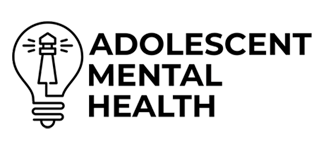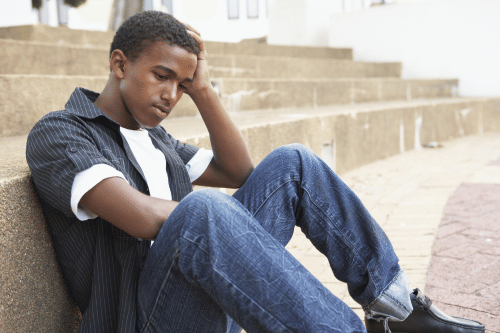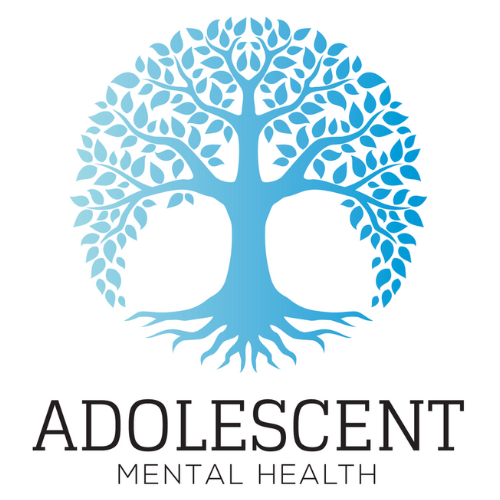Seasonal Depression in Teens
Seasonal Depression in teens is a common but often misunderstood form of depression. Known medically as Seasonal Affective Disorder (SAD), this type of depression follows a seasonal pattern, typically appearing during the colder months when sunlight exposure is limited. At Adolescent Mental Health in Orange County, we provide comprehensive care to help teens manage this mental health condition and regain balance during the darker months.
Understanding Seasonal Depression
Definition of Seasonal Affective Disorder (SAD)
SAD is a mental health disorder marked by a consistent change in mood that aligns with the seasons. This affective disorder is most common in the winter months but can also appear during the summer months. It’s considered a form of clinical depression and shares many symptoms of depression, including feelings of sadness, low energy levels, and social withdrawal.
Why Teens Are More Vulnerable
Depression in teens can be triggered by biological and environmental factors. During adolescence, changes in brain chemistry, hormone production, and behavioral patterns can intensify mental health struggles. The decrease in sunlight, reduced hours of daylight, and increased school anxiety may also disrupt sleep patterns and elevate feelings of hopelessness.
Causes of Seasonal Depression in Teens
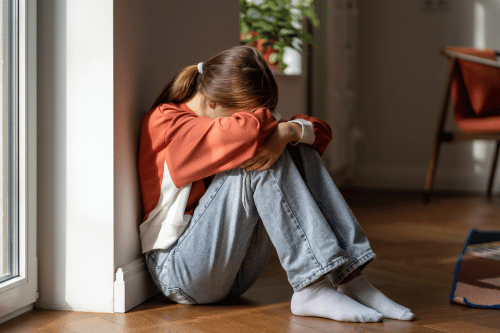
Reduced Sunlight Exposure and Its Effects
Shortened daylight hours during the winter months reduce natural light exposure. This affects the body’s internal clock or circadian rhythm, leading to imbalances in melatonin levels and Serotonin levels—both of which regulate sleep and mood. Less natural sunlight can contribute to Vitamin D deficiency, further affecting emotional health.
Impact on Circadian Rhythms
The body’s biological clock controls daily activities, including sleep and wake cycles. A disruption in this rhythm, due to fewer hours of sunlight, alters levels of melatonin and contributes to a lack of energy, mood swings, and persistent feelings of depression.
Hormonal Changes During Adolescence
Teens already experience rapid changes in hormone levels that influence emotional health. When coupled with cold weather and cloudy weather, this can lead to depressive symptoms, poor appetite, weight gain, or weight loss.
Role of School and Social Pressures
Busy schedules, extracurricular activities, academic demands, and social relationships all create stress. Teens may also feel isolated if they’re struggling to maintain authentic relationships. These mental health concerns can worsen during colder months when time spent outdoors and social interactions tend to drop.
Symptoms of Seasonal Depression in Teens
Mood Swings and Emotional Changes
Symptoms of teen SAD may include feelings of isolation, sudden anger, or emotional outbursts. In severe cases, violent behavior or Chronic feelings of worthlessness may emerge. These symptoms differ from typical teenage behavior and signal a deeper issue.
Physical Symptoms like Fatigue
Teens often show lack of energy, increased sleep, or trouble waking up. Changes in appetite, such as comfort foods cravings or loss of appetite, are also common. These depression symptoms affect activity levels, focus, and school performance.
Behavioral Signs: Social Withdrawal and Apathy
Teens may avoid social activities, stop spending time with friends, or isolate from family. They might show a Lack of enjoyment in activities they used to love. These are not just “bad moods,” but real signs of depression that require attention.
Diagnosing Seasonal Depression
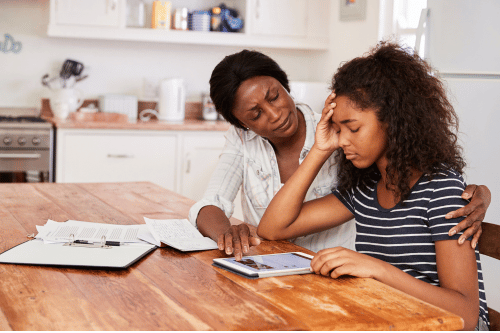
Signs Differentiated from Regular Mood Changes
While teens often experience behavioral health challenges, seasonal depression includes a variety of symptoms that are longer-lasting and more intense. Unlike mood shifts tied to life events, SAD follows a clear seasonal pattern.
Consulting Mental Health Professionals
Getting an official diagnosis is crucial. A mental health professional or mental health provider can assess depressive symptoms, review Family history, and recommend a treatment plan. Teens may benefit from a health checkup to rule out underlying medical causes.
Effective Treatments for Teen SAD
Light Therapy: Mimicking Natural Sunlight
Light therapy, also known as light treatment, uses a bright light box to simulate daytime light. Sitting near a cool-white fluorescent light for 20–30 minutes each morning can help restore circadian rhythms and balance melatonin production. This is one of the most effective light-based therapies for winter SAD and is safe under professional care.
Role of Psychotherapy and Counseling
Cognitive-behavioral therapy (CBT) and behavioral therapy are evidence-based treatments that help teens reframe negative thoughts and learn healthier responses to stress. These types of therapy teach practical skills and improve communication skills and emotional resilience.
Medication: Balancing Neurotransmitters
For some teens, antidepressant medications or anti-depressant medications may be part of the treatment plan. These help regulate brain chemicals and are sometimes used alongside behavioral therapy for more severe symptoms or bipolar depression.
Role of Parents and Guardians
Encouraging Outdoor Activities
Even a bit of sunlight helps. Encourage outdoor exercise, walks, or physical play during available daylight. Plenty of exercise boosts serotonin activity, improves mood, and supports healthy sleep patterns.
Promoting a Healthy Lifestyle
Help your teen maintain a consistent schedule, balanced diet, and regular physical activity. Foods like brown rice and other healthy foods can support energy levels and brain health.
Staying Attuned to Emotional Well-being
Recognize when your teen displays depression symptoms or has a harder time coping. Create a safe space for them to talk and validate their feelings without judgment. Realistic expectations help reduce unnecessary pressure.
Coping Strategies for Teens
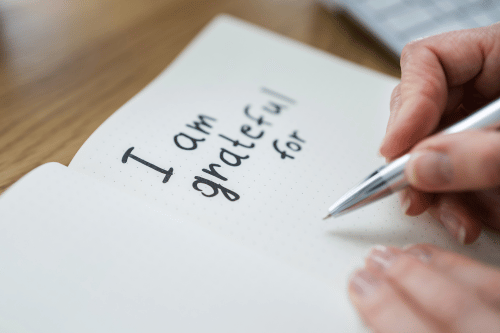
Journaling and Reflective Practices
Gratitude journals and daily reflections help teens recognize small wins and process emotions. These habits promote a sense of structure and control during behavioral health disruptions.
Yoga and Mindfulness Techniques
Aerobic exercise, yoga, and deep breathing help manage symptoms of depression and improve the activity of serotonin in the brain. These techniques also ease anxiety disorder symptoms, including Anxiety in school.
Building a Supportive Environment
Creating a positive physical environment and showing empathy helps teens feel seen. Support their relationships with family, reduce mental health issues stigma, and build trust with open conversation.
Importance of Open Communication
Discussing Emotional Changes with Teens
Start age-appropriate conversations. Ask about their mood and energy levels. Validate their experience and show that mental health struggles are common and treatable.
Reassuring Teens About Temporary Nature of Changes
Let teens know that winter depression is often temporary and treatable. When the warm weather returns, many feel relief. Encourage hope and healing during the colder months.
Resources for Help and Support
Support Groups and Community Resources
Support groups for disorder in teens can offer connection and guidance. Local resources by zip code or school districts may provide care plans and provider referrals for specialized care.
Online Platforms and Helplines
Teens can access help through platforms like the Trevor Lifeline or talk to a mental health professional online. These options offer 24/7 support and access to professional care when in-person visits aren’t possible.
At Adolescent Mental Health in Orange County, we provide clinical care and specialized support for teens struggling with seasonal depression. If your teen shows signs of depression or is having a harder time during the winter months, reach out to our team for comprehensive care rooted in evidence-based treatments and compassionate support.

